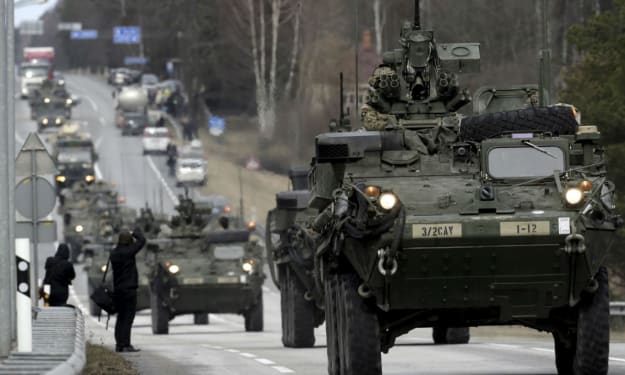
The Belgian UFO wave of 1989-1990 stands as one of the most significant and well-documented series of UFO sightings in modern history. Spanning several months, these sightings captivated not only the Belgian public but also attracted international attention due to the credibility of witnesses and the involvement of military and government agencies in investigating the phenomena. This period of intense UFO activity remains a compelling case study in ufology, offering insights into the complexities of unidentified aerial phenomena and the challenges of investigating such mysteries.
Background and Initial Sightings
The Belgian UFO wave began in late 1989, with numerous reports of unusual lights and objects in the sky across the country. The sightings were characterized by witnesses describing large, triangular or boomerang-shaped objects with bright lights. These objects were reported to move silently and hover for extended periods, defying conventional explanations.
One of the most famous incidents occurred on November 29, 1989, when two police officers in Eupen, Belgium, observed a large, triangular object flying low over their patrol car. They described the object as approximately 120 feet wide, with bright lights at each corner and a red light in the center. Their detailed report lent credibility to subsequent sightings and sparked widespread interest in the phenomenon.
Heightened Public and Official Interest
As reports continued to pour in from different parts of Belgium, public interest in UFOs surged. Media coverage intensified, and eyewitness accounts were featured prominently in newspapers and television broadcasts. The Belgian Air Force, initially skeptical, began receiving so many reports that they launched an investigation in collaboration with civilian UFO researchers and radar specialists.
The March 30, 1990, Incident
The most dramatic event during the Belgian UFO wave occurred on the night of March 30, 1990. Multiple witnesses, including police officers and civilians, reported seeing a large triangular object with bright lights moving slowly and silently across the sky. The object was tracked on radar and by ground-based observers, confirming its presence in Belgian airspace.
F-16 fighter jets were scrambled to intercept the object. According to official reports, the pilots made visual contact with the object and attempted to lock onto it with their radar systems. However, each time the jets closed in, the object allegedly executed rapid maneuvers and accelerated away at speeds that far exceeded known aircraft capabilities. This incident, corroborated by multiple eyewitnesses and military personnel, remains one of the most compelling cases of a military encounter with UFOs.
Investigation and Official Response
In response to public and media pressure, the Belgian government formed a special task force known as SOBEPS (Société Belge d'Étude des Phénomènes Spatiaux) to investigate the UFO wave. The task force included scientists, military personnel, and civilian researchers who collected witness testimonies, analyzed radar data, and studied photographs and videos of the sightings.
SOBEPS published a detailed report in 1991, documenting over 1,000 UFO sightings during the wave. The report concluded that the sightings were genuine and could not be explained by conventional aircraft, natural phenomena, or hoaxes. It highlighted the consistency of witness testimonies and the corroborative radar and photographic evidence as compelling indicators of unidentified aerial phenomena.
Legacy and Continuing Interest
The Belgian UFO wave of 1989-1990 left a lasting impact on both the public and scientific communities. It challenged conventional explanations for UFO sightings and raised questions about the nature and origin of the objects observed. Despite extensive investigations and the involvement of military and government agencies, the ultimate identity of the triangular UFOs remains unresolved.
The wave also spurred renewed interest in UFO research and prompted discussions about the need for international cooperation in studying unidentified aerial phenomena. Researchers continue to analyze the data collected during the wave, hoping to uncover new insights that could shed light on the elusive nature of UFOs.
Conclusion
The Belgian UFO wave of 1989-1990 remains one of the most compelling and well-documented series of UFO sightings in modern history. The credibility of witnesses, the involvement of military jets, and the extensive investigations conducted by government and civilian agencies have solidified its place as a significant case study in ufology. Whether viewed as evidence of extraterrestrial visitation, advanced military technology, or some other phenomenon, the events of the Belgian UFO wave continue to intrigue and provoke debate among believers, skeptics, and scientists alike.
About the Creator
Marveline Merab
“History never repeats itself. Man always does.”
― Voltaire
Enjoyed the story? Support the Creator.
Subscribe for free to receive all their stories in your feed. You could also pledge your support or give them a one-off tip, letting them know you appreciate their work.






Comments
There are no comments for this story
Be the first to respond and start the conversation.